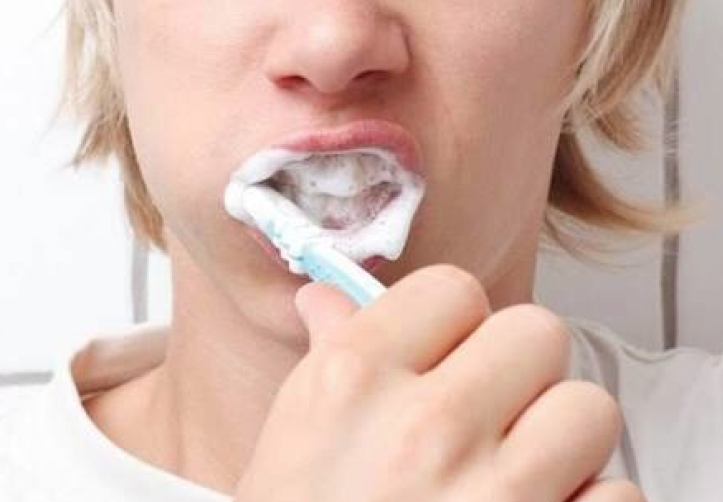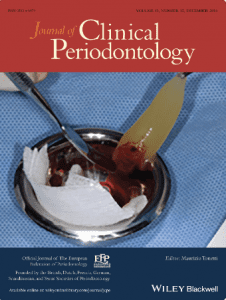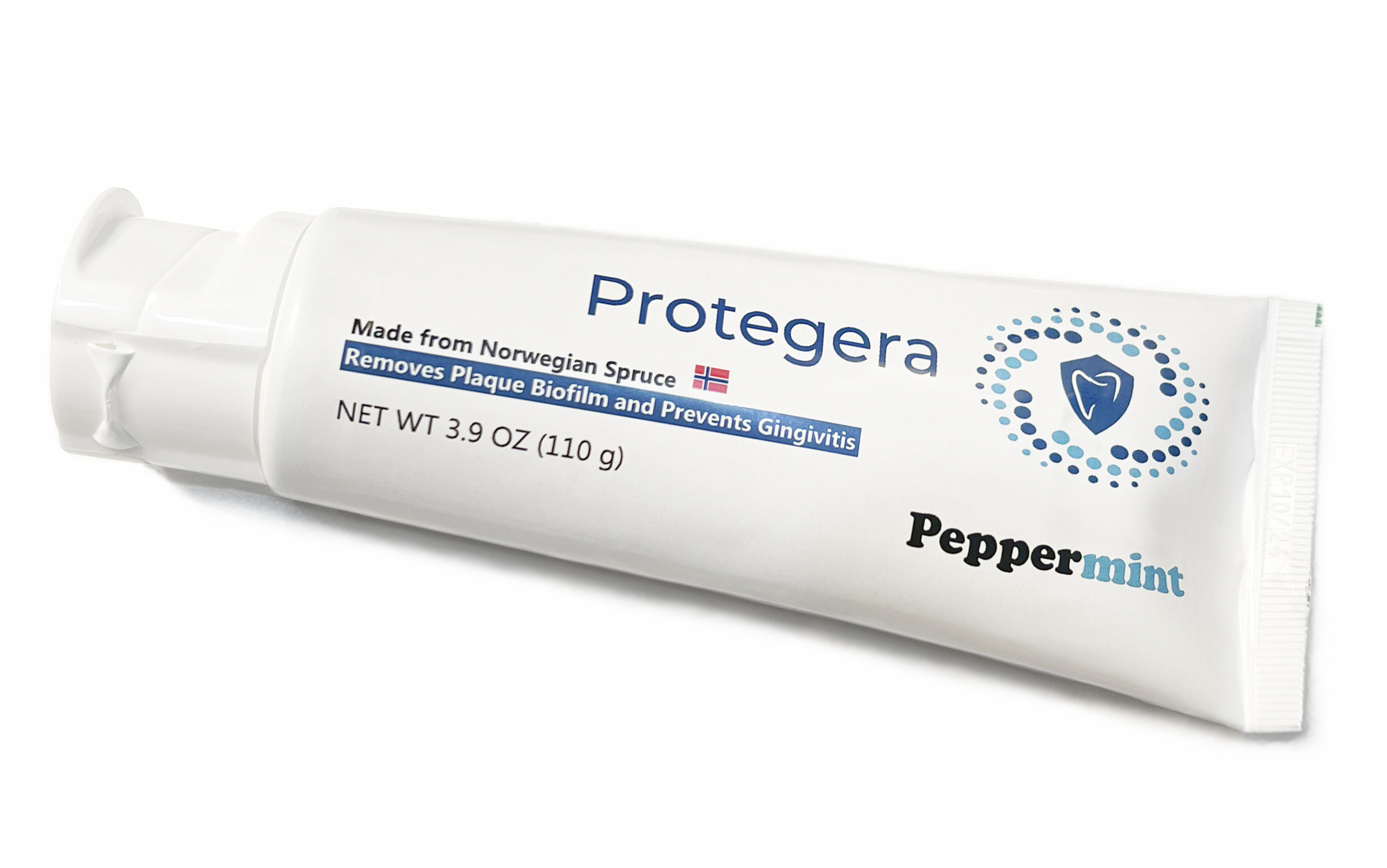Toothpaste has been around for decades
It does very little-to-nothing to remove plaque and biofilm from your teeth and gumline which can cause gum disease and gingivitis. Today’s toothpastes are mostly all made up of similar base ingredients.
Beyond the added fluoride for the prevention of cavities, today’s toothpaste provides Sensory Attributes but very little in the way Functional Attributes or Oral Health benefits.







